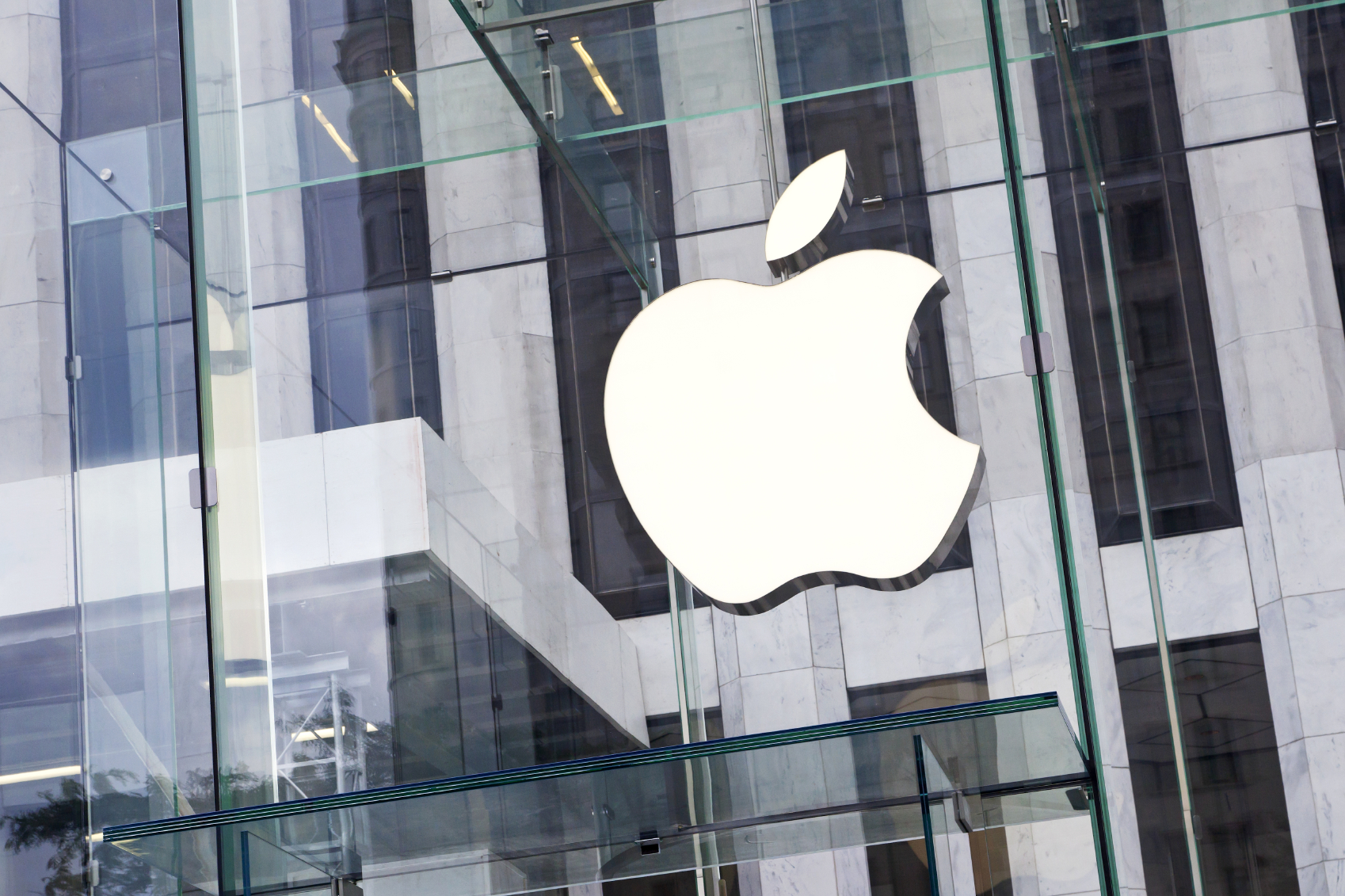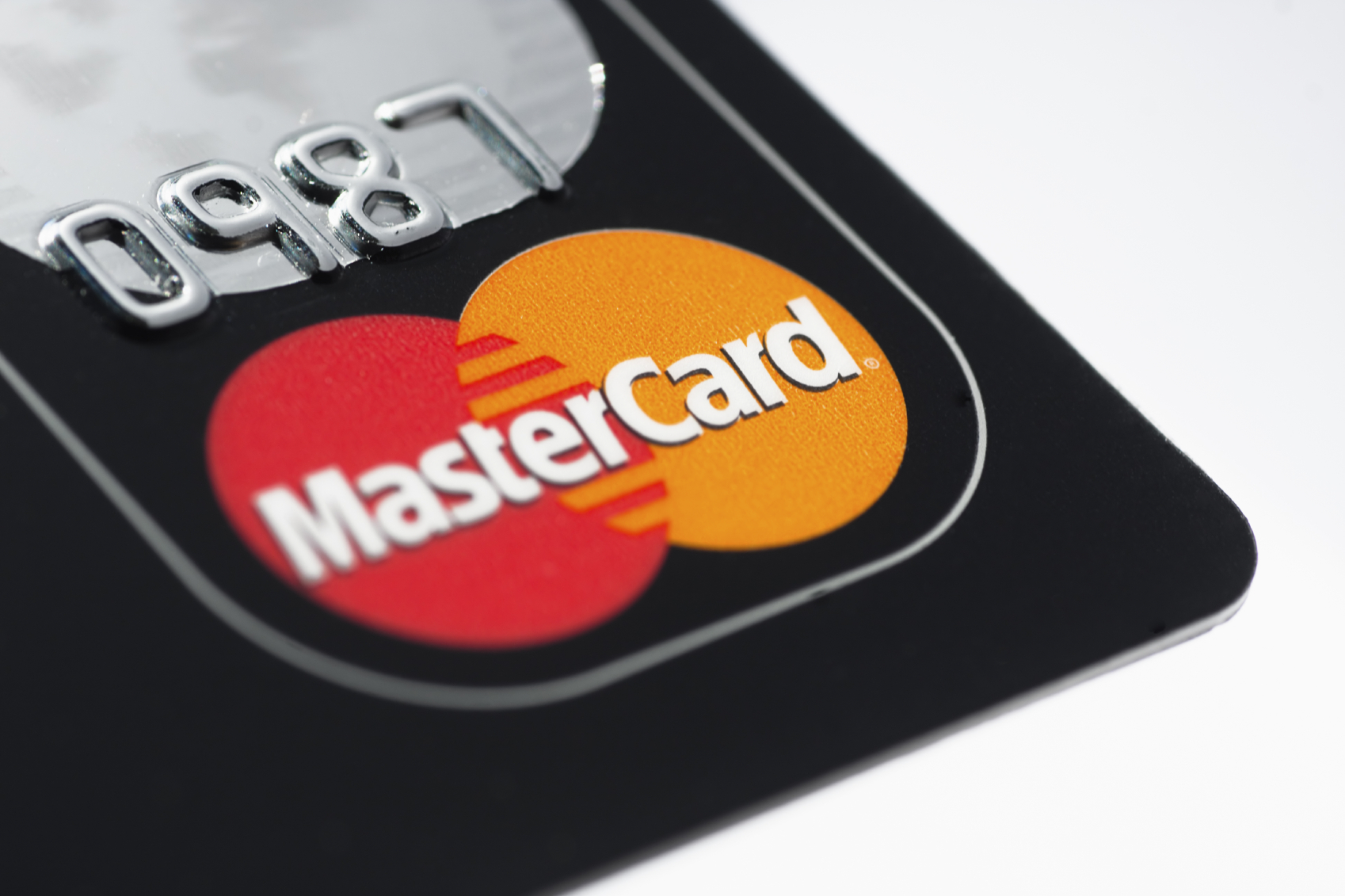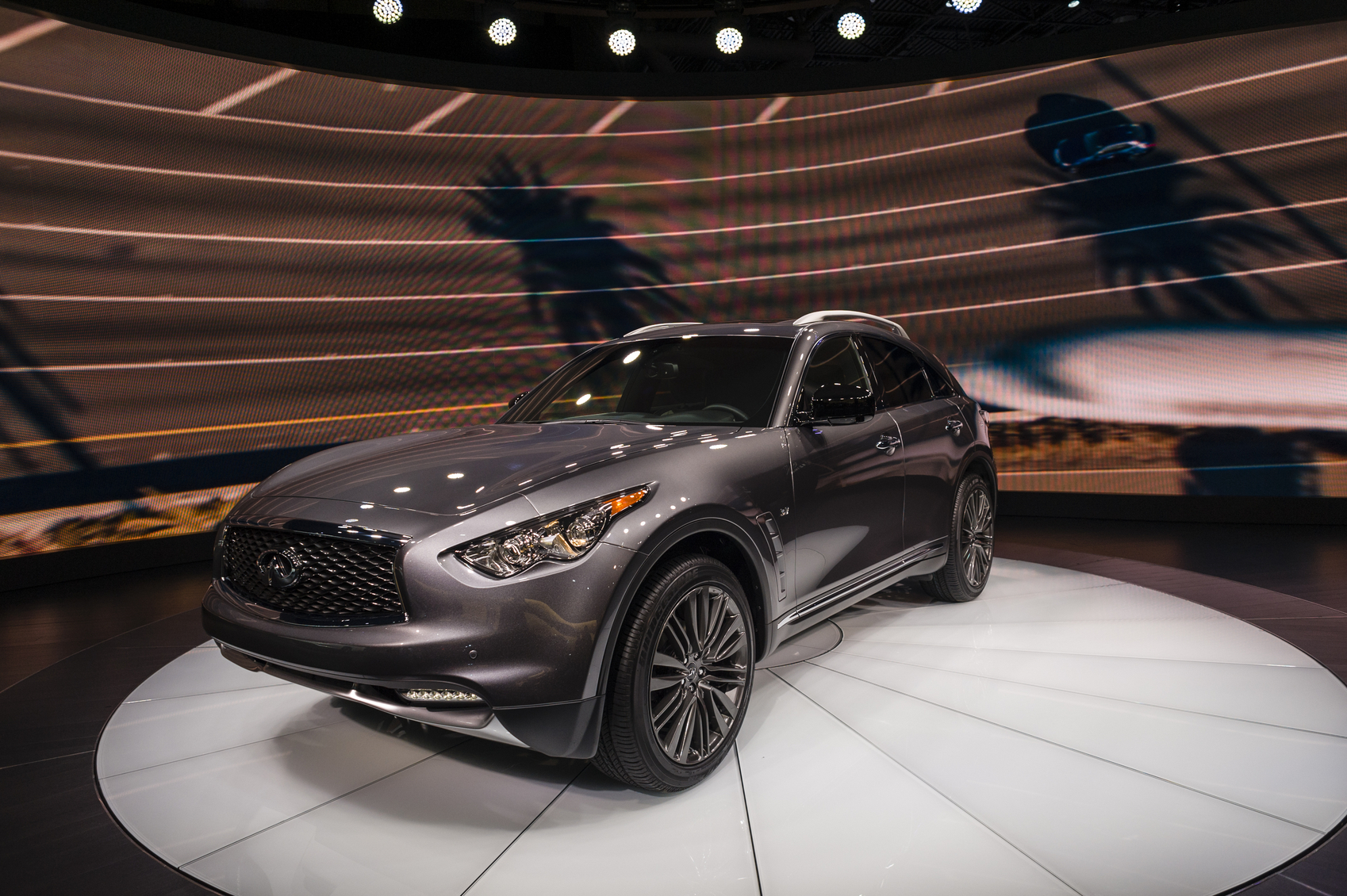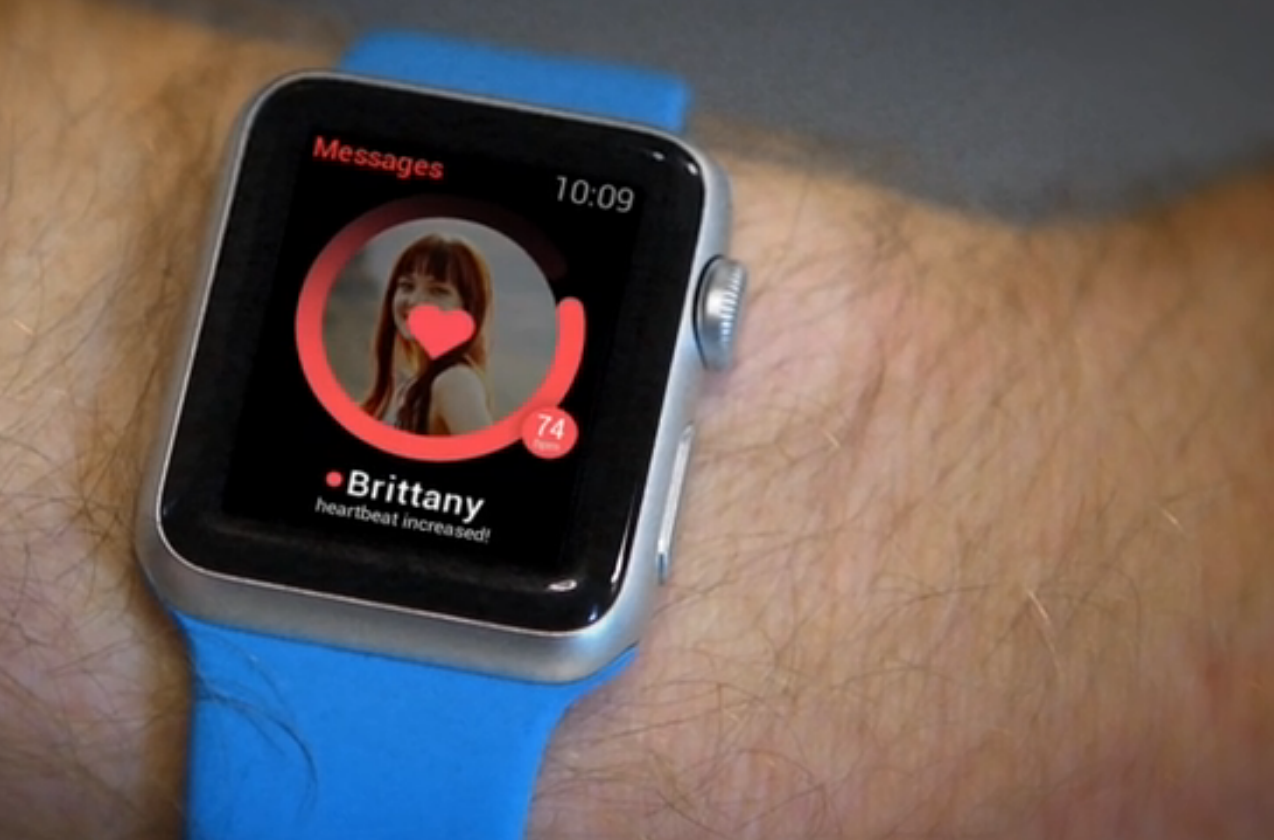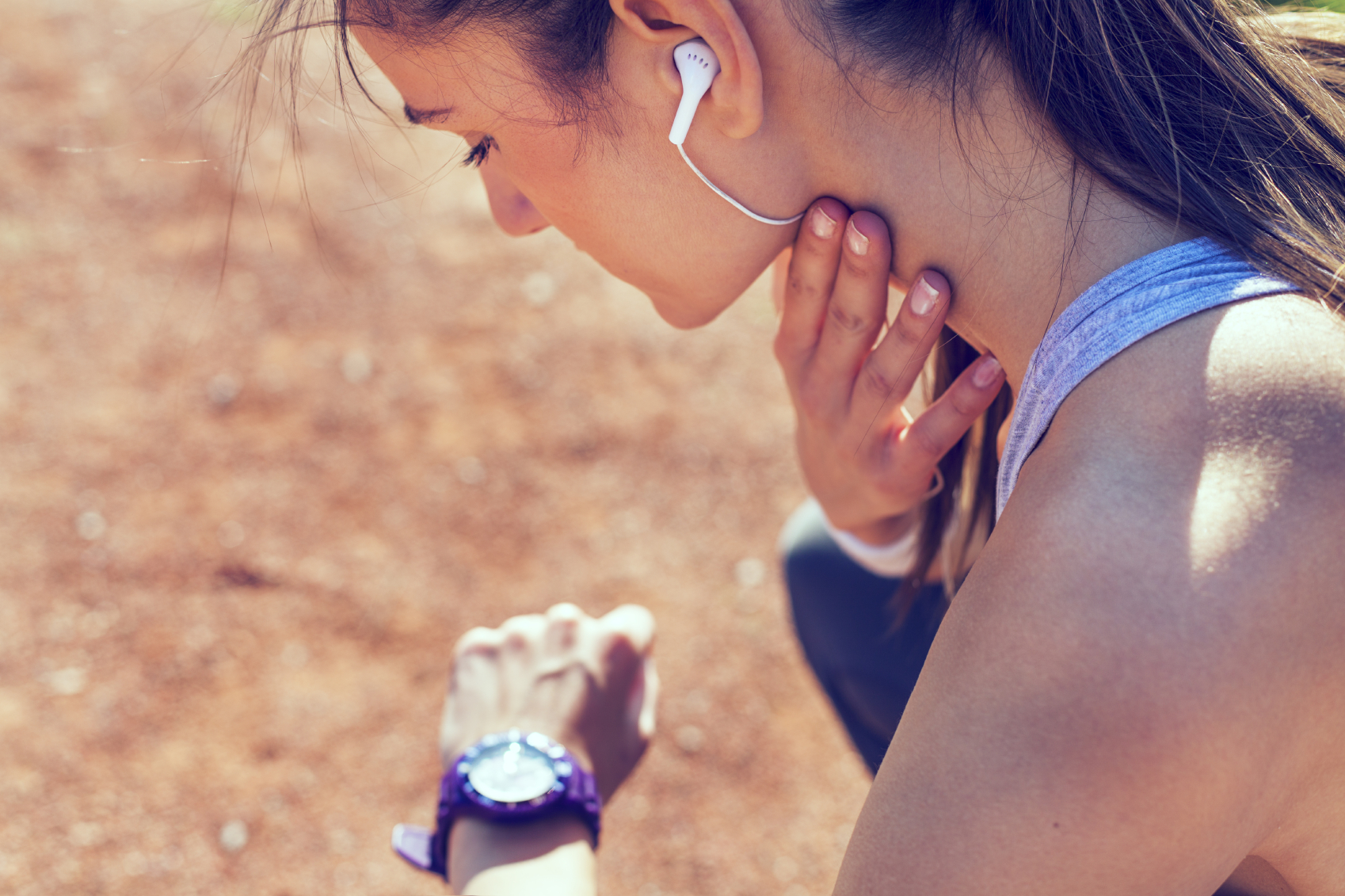What Happened
Apple has acquired a Finnish sleep tech company called Beddit, which makes a sleep monitoring device which tracks heart rate, breathing, and sleep cycles. Users can download its iOS app for further analysis of their sleep data. The terms of the deal have not been disclosed, but it certainly indicates Apple’s ambition in expanding its sleep-related products and software features.
What Brands Need To Do
As we witnessed at this year’s CES, sleep tech is booming and quickly becoming a key growth area for many tech, lifestyle, and fitness companies. Now with Apple jumping into the ring, we expect to see more innovations pop up in the sleep tech sector. This emerging trend opens up a new product category for brands to explore. Integrating biometric data into your brand’s existing digital ecosystem will bring a better understanding of your customers and their habits, allowing brands to offer a holistic lifestyle product with added value to customers.
Source: VentureBeat
